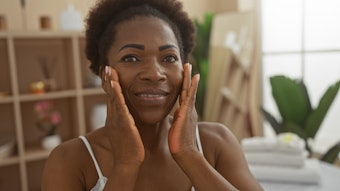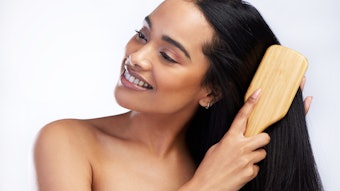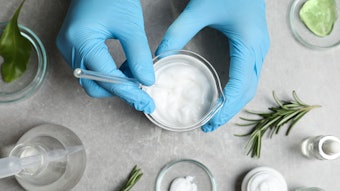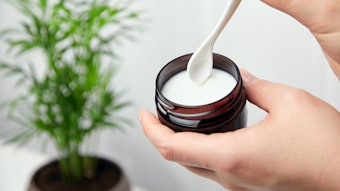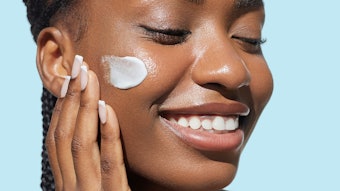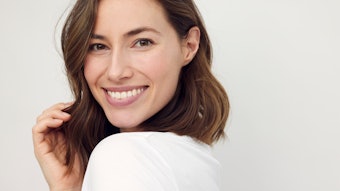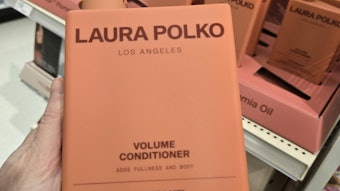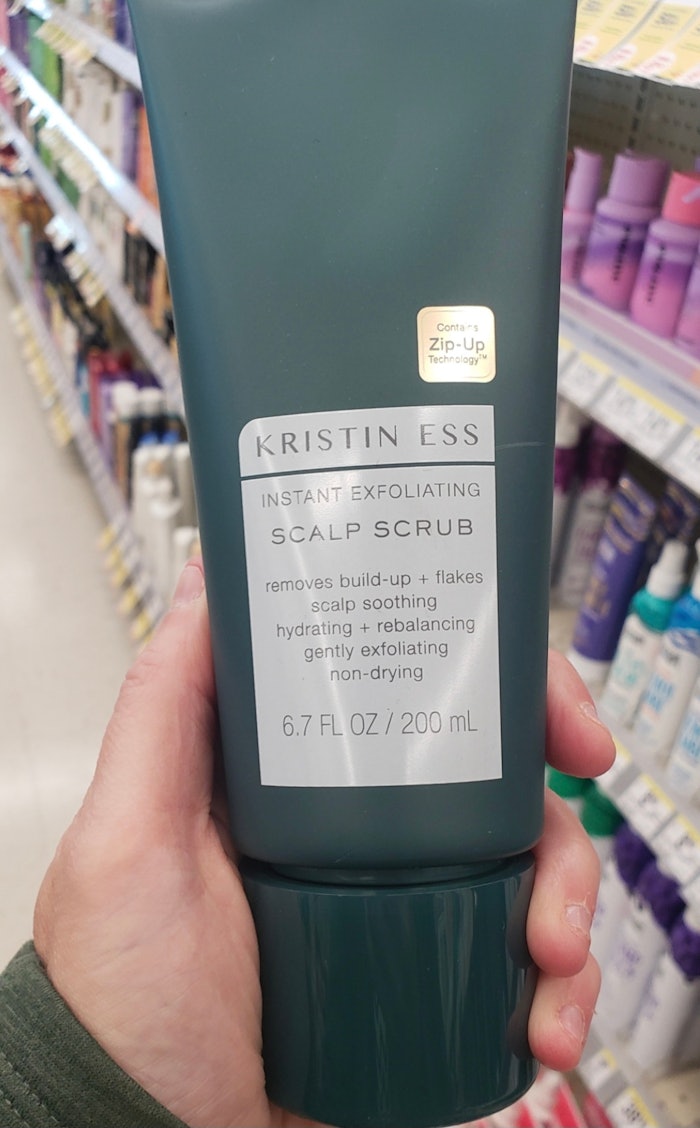
Consumers are shifting from conventional hair care to focus on scalp hygiene and health, to in turn reduce hair loss and improve overall hair health, Growth Market Reports reports. Per the source, the global scalp scrub market is likely to reach US $18.35 billion by 2031, expanding at a CAGR 4.1% during 2023 – 2031.
Verified Market Reports puts the scalp exfoliation product market at $1.2 billion in 2024 and forecasts a higher 9.2% CAGR from 2026 to 2033, citing the surge in demand for products that facilitate thorough cleansing and rejuvenation as a driver. The Kristin Ess Instant Exfoliating Scalp Scrub provides an example.
Kristin Ess Instant Exfoliating Scalp Scrub
"Why is it that we go the extra mile for our skin but not our scalp?" Kristin Ess, hairstylist and brand co-founder (alongside incubator Maesa) asks, on the product website.
The brand's non-drying instant exfoliating scalp scrub is designed to remove flakes, product build-up, excess sebum and hard water deposits from the scalp, giving users a "cleaner canvas" through gentle exfoliation. "I formulated this with a sugar complex to keep natural moisture intact," Ess notes.
In addition, the product features the company's Zip-Up Technology, a proprietary strengthening complex designed to “zip-up” split ends while targeting weak areas of the hair, "smoothing the appearance of damaged cuticles and helping to protect hair from environmental stressors and color fade." The product is cruelty-free and made in the USA.
User Reviews: Kristin Ess Scalp Scrub
Following are example user reviews (edited for style), selected for their anecdotal insights on product form and function. The following were gathered from comments on Ulta.com.
- My hair and scalp feel so good and clean. I have noticed a huge difference in my hair and scalp especially with my eczema and dandruff ... and my hair is overall healthier.
- I get scalp acne due to hormonal changes once every few months. This stuff drys up the acne, while soothing the scalp, and not drying out my hair.
- This stuff is thick but it's worth it! It soothes my itching almost immediately and if you concentrate on your flaky spots, it'll get rid of your flaking too. It rinses surprisingly clean for how goopy it is.
- I love this affordable scalp scrub! It really gets the gunk out of my hair and does so in a timely manner. The scent isnt overpowering at all.
Ingredients: Kristin Ess Scalp Scrub
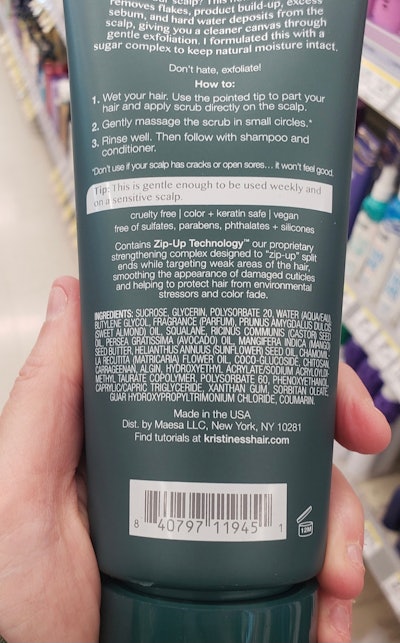
Formulating Scrubs
Sun, et al. wrote on formulating body scrubs, noting their performance depends on the water-soluble or water-insoluble abrasives used in a scrub product. Water-soluble abrasives, such as salt and sugar, are used in nonaqueous-based formulas. Water-insoluble abrasives, such as polyethylene beads, natural shells or seeds and pumice, are used in water-based formulas. An additional benefit is the treatment of skin with conditioners such as minerals, natural oils, emollients, vitamins and other nutrients.
When the abrasive properties of sugar and salt are compared, sugar is found to have certain advantages: sugar is softer and can be made with a variety colors. On the other hand, sugar is slightly more expensive than salt and contains no minerals for treatment functions.
In oil scrub formulas that carry salt/sugar abrasives, the total amount of oil is usually 25% to 40%, with corresponding salt/sugar levels of 60% to 75%. The specific gravity of these particles is higher than oil; thus, they will sink to the bottom of the container when immersed in oil. When this occurs, the overall product will present with two distinct phases.
There are some limitations when employing natural oils in salt and sugar scrubs. Changing the color of the oil phase is difficult because most natural oils have a yellow or green-yellow hue. In addition, natural oils do not spread easily across surfaces. Therefore the spreadability of natural oils comes into play and is normally represented in terms of viscosity.
Light natural oils (low viscosity) are preferred to heavy natural oils (high viscosity) because they are easier to spread across the skin surface and do not leave a heavy feel. The preferred viscosity range of oil or oil blends is 50200 cps. It is the unfortunate case, however, that natural oils (except sunflower oil and safflower oil) can show moderate comedogenicity.

